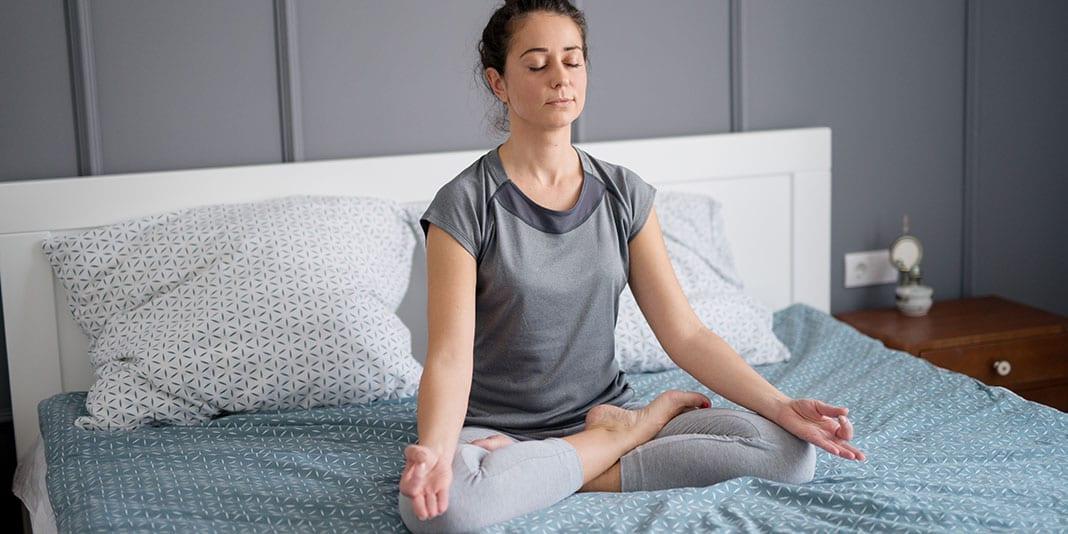Sitting puts your muscles in a short, contracted position, and reduces your range of motion. Sitting more than eight hours a day does enough damage to shorten your life, and that holds true even for people who exercise regularly. This is grim news is for average Americans, who spend more than half their waking hours sitting. But holding a desk job doesn’t mean you have to be stuck with stiff muscles and threatened by dangerous chronic diseases such as heart disease and diabetes. Stand up for just two minutes every hour and you’ll see benefits. Walk for two minutes and you can lower your risk of dying.
Moving for just a few minutes is associated with a 33 percent lower risk of dying, according to a study published in the Clinical Journal of the American Society of Nephrology. Taking a short walk will leave you feeling more energized as well as less stressed and mentally fatigued.
Stretching counteracts the damage on your body from prolonged sitting. The important stretches in reducing damage target the body’s most affected areas—the back, shoulders, chest, legs, and feet. Add just two minutes at the end of your normal workout cooldown for these exercises that will counteract the strain and shortening of muscles.
Reverse Plank
- Begin sitting with legs stretched out in front of body. Place hands on the mat behind you, palms back and fingers facing body.
- Press hips up high, holding legs together. Keep head forward looking right down the center of legs. Lift chest up higher and higher.
- Hold for 5 breaths or 10 seconds. Lower the hips with control. Repeat two more times.
Heel Sit
- Kneel on mat in an upright sitting position with legs together and feet underneath you.
- Tuck toes under, bending them fully and stretching the soles of the feet. Place hands on thighs for added support. Sit and hold the position for 30 seconds. Work up to 2 minutes, continuing to lift in the chest and put increasingly more weight into the balls of the feet the longer you hold.
Lunge Stretch
- Kneel and step one foot forward into a deep hip lunge. Place hands on your knees for stability and keep upper body upright.
- Shift weight back, coming out of the stretch and then lunge back into it. Hold for 5 breaths or 10 seconds. Repeat 3 to 5 times, then switch sides.
Sedentary desk jockeys aren’t alone in needing to stretch. Stretching and building a strong core and hip muscles is especially important for runners, who suffer lower back pain when weakness or imbalance interferes with their ability to run with proper form. When the pelvis, hips, and legs are supported by strong muscles, they can bend and extend more fully.
Weak core muscles put runners at much higher risk of developing lower-back pain, according to research from Ohio State University Wexner Medical Center.
Read More: What to Do If You Have Lower-Back Pain from Running



































